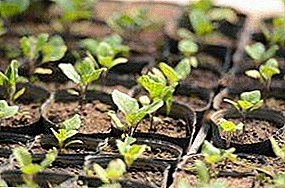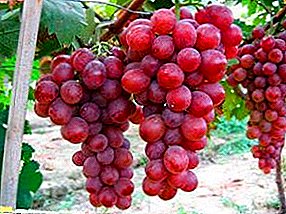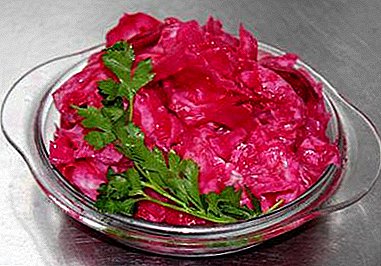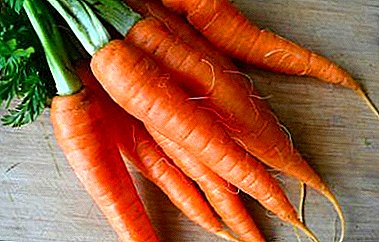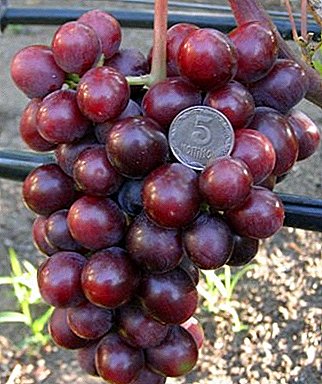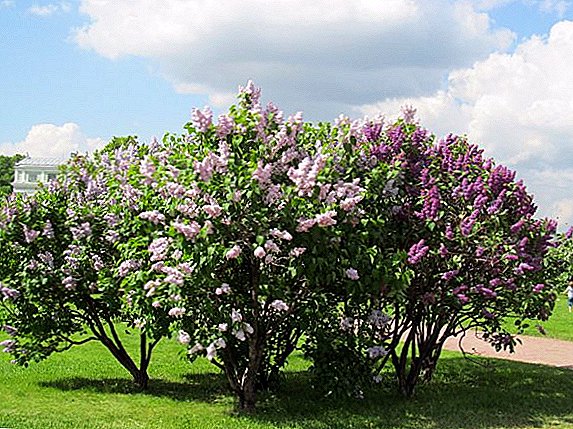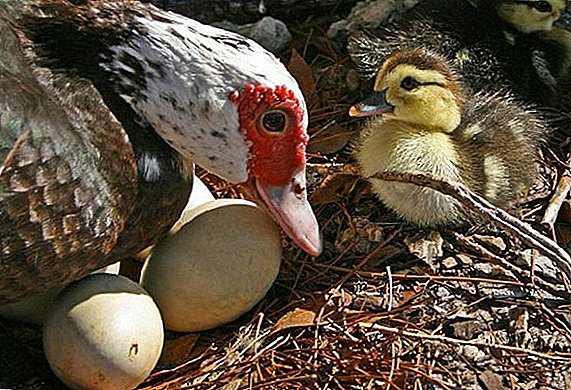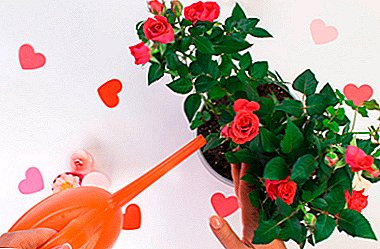
Room rose is rightfully called the queen of flowers, and this miniature beauty quietly grows on the windowsill. The variety of colors and amazing flavor leaves no one indifferent. With all its advantages, there is one drawback. Roses in pots are capricious. The secret that will help grow a healthy bush, with gorgeous flowers, timely feeding.
Why does a flower in a pot need fertilizer?
During periods when buds are laid, the flower requires various trace elements. Proper and timely feeding is required, because it depends on the size of the buds, the number of flowers and even the size of the bush. The best effect is the combination of organic and mineral supplements.
How often to add it at home?
 As soon as you purchased indoor roses, do not rush to feed them. The flower requires adaptation. At first, the rosette has enough of the supply of nutrients that is already in store soil. A month later, the plant give the first feeding. Fertilizers are applied at intervals of fourteen days, alternating between mineral and organic complexes.
As soon as you purchased indoor roses, do not rush to feed them. The flower requires adaptation. At first, the rosette has enough of the supply of nutrients that is already in store soil. A month later, the plant give the first feeding. Fertilizers are applied at intervals of fourteen days, alternating between mineral and organic complexes.
Feeding is repeated after 2-3 weeks, depending on the needs of the plant. Before fertilizing, roses must be watered.
Step-by-Step Instructions for Making Nutrients
What is the best way to feed a flower in spring, summer and autumn?
How to fertilize a flower depends primarily on the needs of the rose itself. The most important for the full development of the flower - nitrogen, potassium, phosphorus and other trace elements.
- Nitrogen. Thanks to nitrogen, the plant increases its green mass and forms strong shoots. Nitrogen fertilizers can be applied from March to July.
- Potassium. Potassium is needed to extend the flowering time and to prevent the buds from falling off. He is responsible for the general condition of the bush and contribute this element from June to October.
- Phosphorus. Phosphorus is responsible for the formation of new roots, affects the size of buds and their number. If the plant lacks phosphorus, then flowering may not occur. Feeding with phosphorus can be carried out from May to October.
To determine what elements are needed flower, you need to know what time is intense absorption of certain substances.
| Feeding time | Fertilizers |
| Early spring, the first decade of March | For the first feeding, the best mineral fertilizer with a high nitrogen content (ammofoska, nitrophoska or special fertilizer for indoor roses) is best. The fertilizer is diluted in water and the plant is watered with the solution obtained. |
| March, April | The second feeding is made 2-3 weeks after the first, when the leaves appear. You can feed with organic fertilizer, for example, yeast or commercially available organic solutions. The third dressing is carried out with the same complex fertilizer for roses, which was used for the first dressing. It is important to alternate between mineral and organic supplements. It is also important to periodically conduct foliar feeding (spray the plant). In this case, the absorption of useful elements is 2 times faster. |
| May June | Since May, the rose is fed with fertilizers containing potassium and phosphorus. For example, potassium sulfate, superphosphate or a special agent for roses. These fertilizers can be applied together or separately. Feeding is repeated every 2 weeks. |
| July | Continue to feed the plant with potassium and phosphorus. In July, it is also necessary to periodically apply organic fertilizers. |
| Aug. Sept | In August, nitrogen fertilization is stopped. The plant is fed only fertilizers, which contain phosphorus and potassium. |
| October November | Room rose prepared for winter. Fertilizers consist mainly of phosphorus. Top dressing bring 1 time in two weeks and then gradually stop. |
Use of ready-made formulations
 Most often for feeding use ready-balanced mixture, specially designed for indoor roses. You can buy them in specialized stores. The finished fertilizer contains all the necessary elements in a concentrated form. and before use it must be diluted in water.
Most often for feeding use ready-balanced mixture, specially designed for indoor roses. You can buy them in specialized stores. The finished fertilizer contains all the necessary elements in a concentrated form. and before use it must be diluted in water.
Some types of mixtures are used as foliar feeding. Potassium sulfate is one of the best mineral fertilizers, suitable for all types of indoor roses. This is a complex of potash and phosphorus elements, presented in a balanced form. All finished concentrates contain instructions for use.
Where and for how much can be purchased?
Complex fertilizers can be purchased in specialized stores for gardeners. They are granular, liquid or in powder form. Liquid solutions are more expensive than concentrated.
For example:
- In St. Petersburg, in one of the stores, a complex mineral fertilizer weighing 30 grams costs 30 rubles, and a liquid soluble fertilizer with a volume of 500ml. It costs 324 rubles.
- The same trend is observed in metropolitan stores. So a bag of dry powder, weighing 25 grams costs only 25 rubles, and a bottle with a solution of 330 ml. sold for 145 rubles.
Fertilizer made by yourself
In most cases, self-prepared fertility vitamins are organic. These fertilizers have a beneficial effect on soil structure. It is saturated with nitrogen and potassium. Phosphorus, sulfur, magnesium, calcium and other elements are also present in the required quantities. The most famous are ash, coffee grounds, yeast and many others.
Banana peel
 Organic fertilizer made from banana peel is useful for home rose.
Organic fertilizer made from banana peel is useful for home rose.
Cooking method:
- Banana peels (3 pieces) are poured into a three-liter jar, add 2 tablespoons of sugar and pour in warm water.
- Insist 2-3 days, occasionally shaking.
Watered with the resulting rose solution every 2 weeks.
From yeast
 For foliar fertilizing, this is an easy-to-make tool.
For foliar fertilizing, this is an easy-to-make tool.
Cooking method:
- 50 grams of fresh or 1 gram of dry yeast diluted in 1 liter of warm water and add 1 teaspoon of sugar.
- The resulting solution is infused in a warm place for 2 hours.
Spray the leaves once every 2 weeks. During flowering, foliar feeding is not carried out..
Possible mistakes when feeding and their consequences
Overflow
Many growers consider the more fertilizer the better. Do not read the instructions for use or "pour by eye." This leads to sad consequences. Failure to comply with the proportions or timing of fertilizer leads to diseases, and often to the death of a beloved flower.
- Overfeeding with nitrogen will cause the plant to look healthy and well-groomed, but there will be no flowering or few flowers.
- When overfeeding with phosphorus leaves turn yellow and fall off.
- Excessive concentration of fertilizers in the pot leads to a burn of the root system and the plant dies.
Lack of power
The lack of nutrients also affects the general condition of the roses.
- The growth of such a bush slows down, the lower leaves turn yellow and fall off.
- The stems become thin, and the flowers become either little or not.
- From a lack of phosphorus shoots bend, and the leaves become red-violet.
Determine what elements are missing, it is possible by the appearance of the flower. The leaves are covered with red dots when the plant lacks nitrogen, and the lack of magnesium leads to a blackening of the center of the leaf, which later fades.
Troubleshooting
 If the plant has signs of micronutrient deficiencies. These include:
If the plant has signs of micronutrient deficiencies. These include:
- leaf dimness;
- susceptibility to disease;
- the fall of the buds.
These plants make extra food. You can apply root and foliar feeding.
When re-feeding the plant, an urgent change to the new soil is necessary.. There is another method to combat overdose. This is the leaching of excess fertilizer from the soil with the help of water. This procedure is carried out only if the apartment is warm. The pot with the plant is immersed in a container with warm water for 6-8 hours. Then give water to drain and return the flower to its original place.
Proper care and regular feeding helps to grow a wonderful and healthy flower. The main thing to comply with the measure and the room rose will thank the owner with a beautiful appearance.


